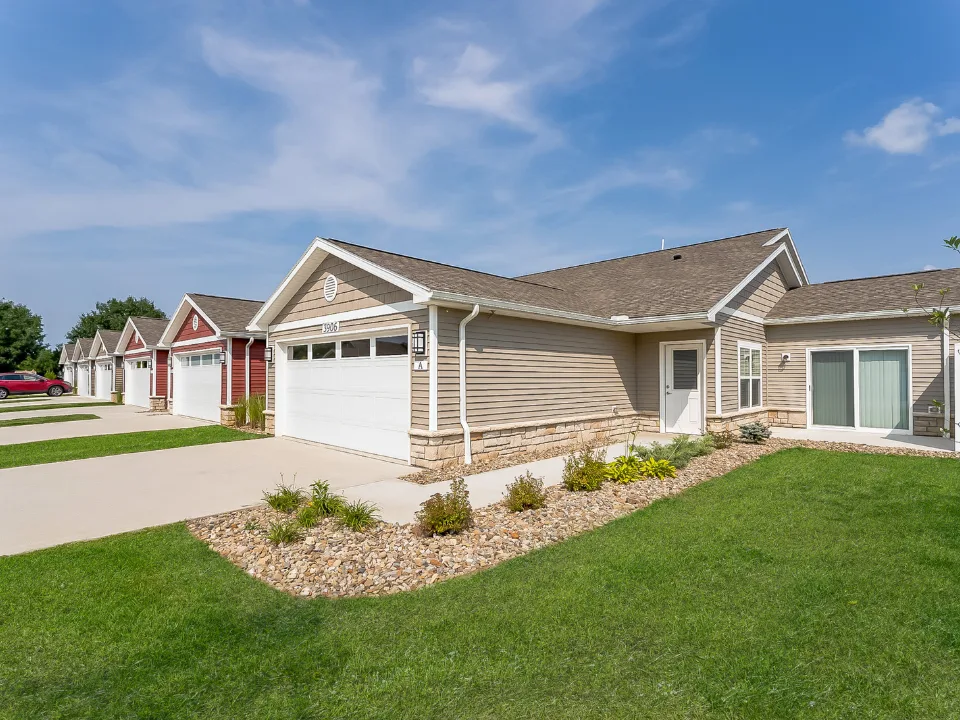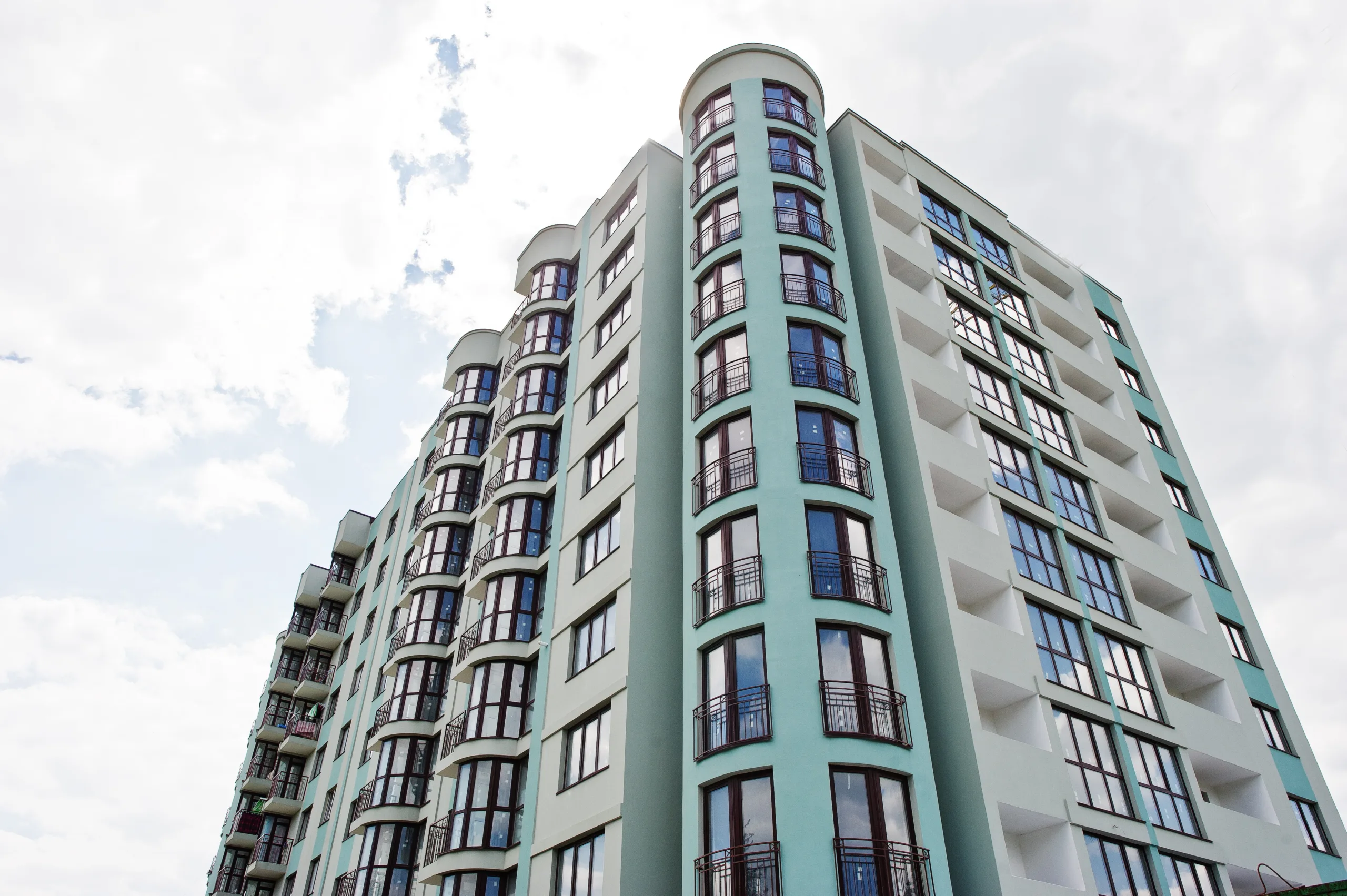- The Trump administration’s 2026 budget proposal eliminates the HOME Investment Partnerships Program, a grant that has supported 1.3M affordable homes over the past 30 years.
- Rural communities would feel the greatest impact. The program fills critical funding gaps where private investment is scarce.
- Although many beneficiaries voted for Trump in 2024, 84% of homes built with HOME funds were in Trump-supporting districts.
- Experts warn the long-term effects could include a major drop in affordable housing supply, especially in underserved regions.
A Lifeline at Stake
Created under President George H. W. Bush, the HOME program has invested over $38B to support affordable housing. It helps local governments and nonprofits fund construction, renovation, and rental assistance, according to AP News.
For Heather Colley, a single mother in Talbott, Tennessee, the program made homeownership possible. Making $18.50 an hour, she couldn’t afford to build a house until she received $272,000 from a nonprofit using HOME funds.
“Every time I pull into my garage, I pinch myself,” Colley said.
Rural Dependence, Uncertain Future
In places like Owsley County and Hazard, Kentucky, the program has been a primary tool for building affordable homes. These regions don’t attract big developers or private capital.
Nonprofits like Partnership Housing and the Housing Development Alliance rely on HOME funds to build homes for low-income families. Without the grant, many of these projects would be impossible.
Tiffany Mullins, a Walmart worker in Hazard, recently moved into a home funded by the program. As a single mother of four earning $14.30 an hour, she says HOME preserved a way of life that’s slipping away in Appalachia.
Get Smarter about what matters in CRE
Stay ahead of trends in commercial real estate with CRE Daily – the free newsletter delivering everything you need to start your day in just 5-minutes
Political Division and Possible Compromise
House Republicans have excluded HOME from their proposed 2026 budget. In contrast, Senate Republicans have kept it in their draft, opening the door for negotiation.
A bipartisan group of lawmakers is working to reduce the program’s red tape, which many say delays construction. HUD officials claim the funds could be better spent through other housing programs.
The Trump administration has defended the cuts as part of a plan to reduce government spending and boost housing affordability through deregulation.
Long-Term Impact on Housing Supply
The cuts wouldn’t lead to immediate evictions, but they would reduce future housing development. When HOME funding dropped in 2015, experts say the effects were still visible 10 years later.
HOME also supports other housing tools. About 12% of units built with Low-Income Housing Tax Credits (LIHTC) rely on HOME as gap financing. Without it, those credits lose value.
“It’s LIHTC plus HOME, usually,” said Tim Thrasher, CEO of a nonprofit housing builder in Alabama.
Why It Matters
In many rural regions, HOME is the only viable source of funding for workforce housing. It supports homes for essential workers—nurses, teachers, and first responders.
Without it, nonprofits like Creative Compassion in Tennessee say they can’t continue serving clients struggling with rising costs.
“This is just another nail in the coffin for rural areas,” said Sarah Halcott, a HOME grant administrator.
What’s Next
Congress must finalize the 2026 budget by year’s end. Negotiations could result in a funding compromise or a continuation of last year’s budget.
Without renewed support, thousands of affordable housing projects in rural America could stall or disappear entirely.

















